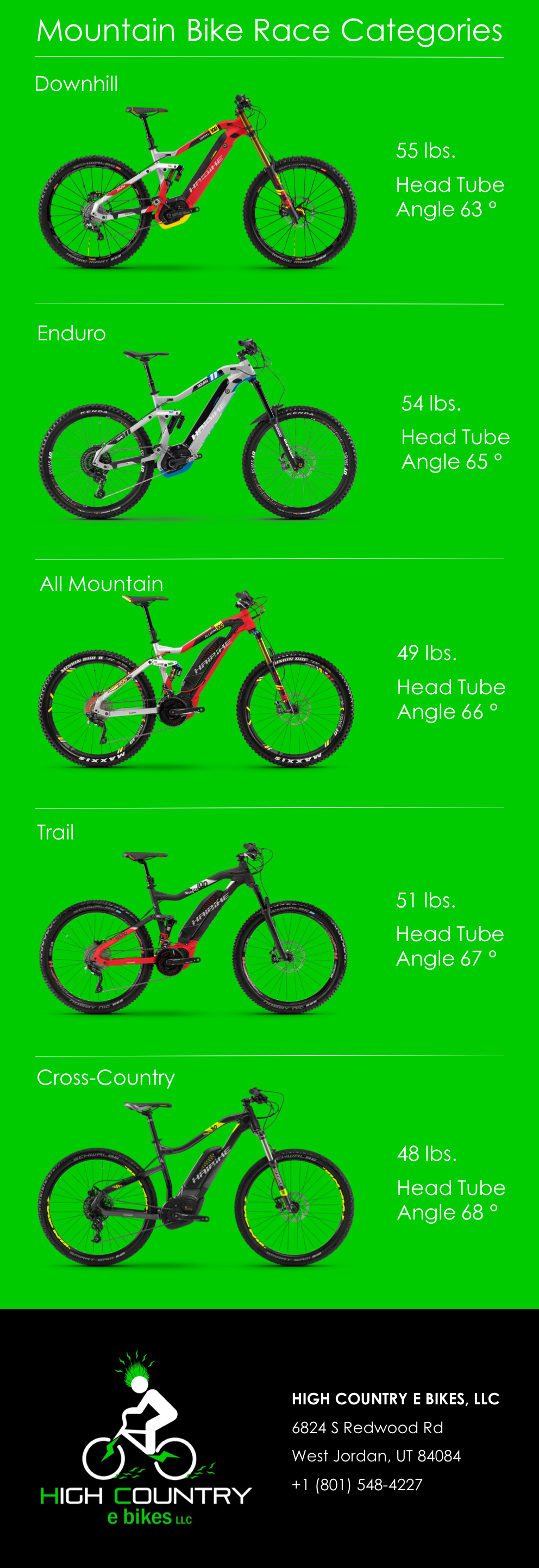Enlighten On Your Own On The Legislations Governing E-Bike Usage In Your Locality To Guarantee Risk-Free Riding Methods
Enlighten On Your Own On The Legislations Governing E-Bike Usage In Your Locality To Guarantee Risk-Free Riding Methods
Blog Article
Authored By-Mckee Stanton
Before you get on your e-bike and hit the streets, it's vital to understand the laws and regulations that govern your city. From e bike helmet to assigned riding locations, there's a whole lot to think about to ensure you're certified and secure. By familiarizing yourself with the rules details to e-bikes, you'll be better furnished to enjoy your adventures with no unanticipated lawful concerns. Stay tuned to uncover crucial understandings that will certainly assist you browse the e-bike landscape in your city effortlessly.
Recognizing E-Bike Classification
When it pertains to browsing the realm of e-bike regulations and policies, a crucial beginning factor is comprehending the category system that classifies these electric bikes. E-bikes are commonly classified into three major categories: Course 1, Course 2, and Course 3.
Class 1 e-bikes are pedal-assist just, indicating they offer aid while the motorcyclist is pedaling and have a maximum speed of 20 mph. These bikes are allowed areas where traditional bikes are allowed.
Course 2 e-bikes are furnished with a throttle that can thrust the bike without pedaling. They also have a maximum speed of 20 miles per hour and are suitable for riders that may require aid without pedaling continually.
Class 3 e-bikes resemble Class 1 but with a greater maximum speed of 28 miles per hour. These bikes are usually limited from certain bike courses or tracks due to their greater rates.
Comprehending these categories is crucial for abiding by regional guidelines and making certain a risk-free and enjoyable e-biking experience.
Navigating Speed Limitations and Limitations
To successfully browse e-bike laws and guidelines, it's crucial to recognize the speed limits and restrictions that relate to different courses of electric bikes.
Speed limits for e-bikes differ relying on the classification of the bike. Course 1 e-bikes, which are pedal-assist only and have a maximum speed of 20 mph, are typically allowed on bike lanes and courses.
Class 2 e-bikes, which have a throttle in addition to pedal-assist and also reach speeds of as much as 20 miles per hour, may be restricted in certain locations where motorized vehicles aren't permitted.
Course 3 e-bikes, with pedal-assist approximately 28 miles per hour, are usually called for to adhere to the exact same rules as standard bicycles.
It is very important to adhere to these speed limits and limitations to ensure your security and the security of others when traveling. Prior to riding your e-bike, familiarize on your own with the specific guidelines in your city to prevent any potential penalties or legal issues.
Where to Trip Your E-Bike
To determine where you can ride your e-bike, it's vital to be aware of the regulations and standards particular to your area. In many areas, e-bikes are generally allowed on roads and roads where typical bikes are allowed. This might consist of bike lanes, bike paths, and shared highways. Nonetheless, it's essential to examine neighborhood regulations as some cities might have certain constraints on where e-bikes can be ridden.
When riding your e-bike, always prioritize safety by following web traffic policies and valuing pedestrian walkways. Furthermore, bear in mind any type of assigned bike lanes or paths in your area and use them whenever possible to ensure a smoother and much safer ride.
Some cities additionally have policies relating to e-bike usage on sidewalks, so make sure to acquaint yourself with these rules to stay clear of any penalties or charges.
Final thought
Since you recognize with the laws and guidelines bordering e-bikes in your city, you can with confidence hit the road knowing where you can ride and what restrictions relate to your e-bike classification. Keep in mind to constantly focus on safety and follow the guidelines to guarantee a smooth and lawful experience. Delighted riding!
